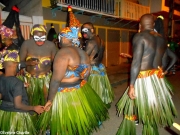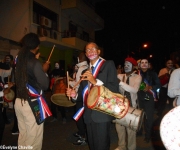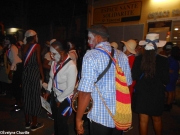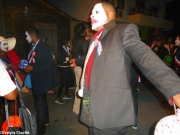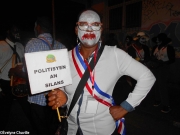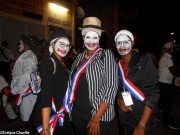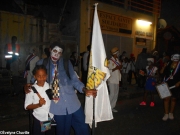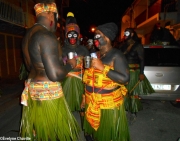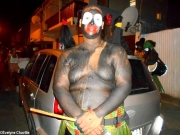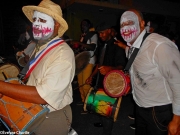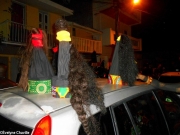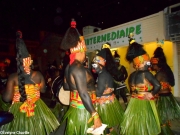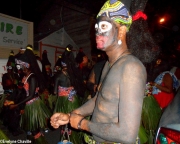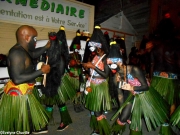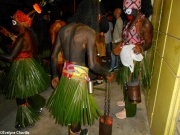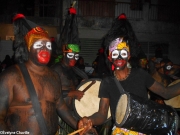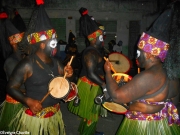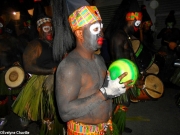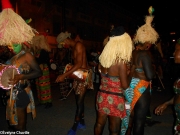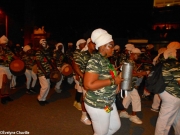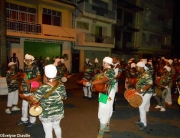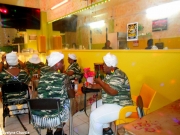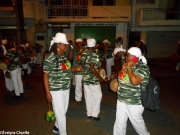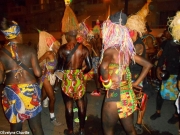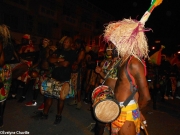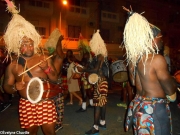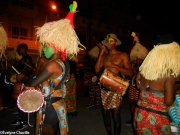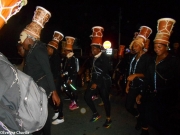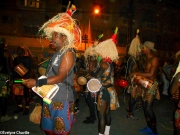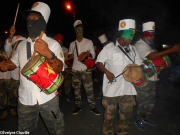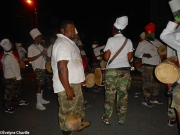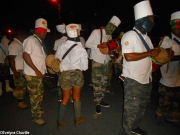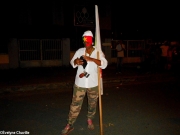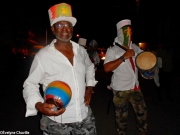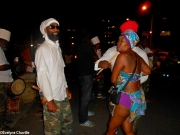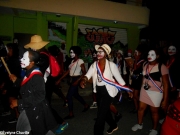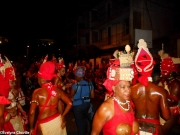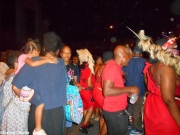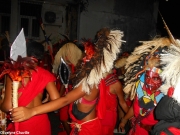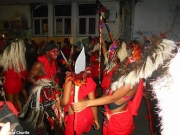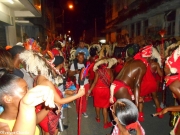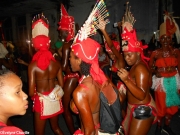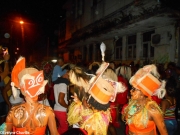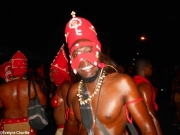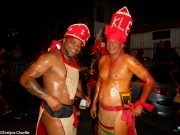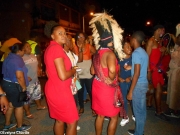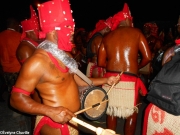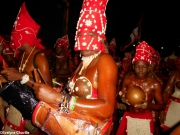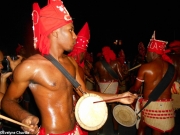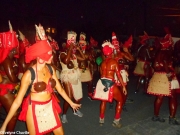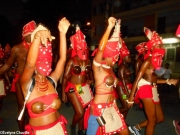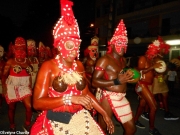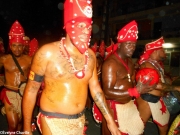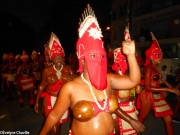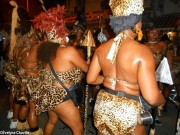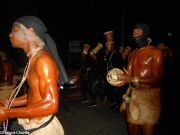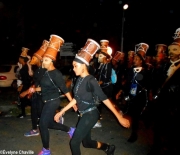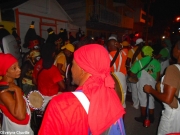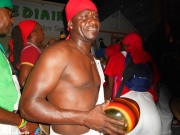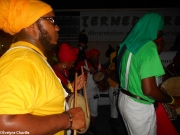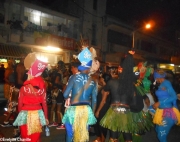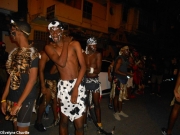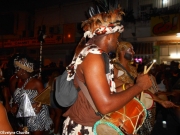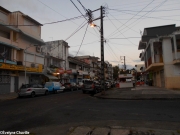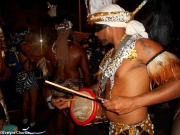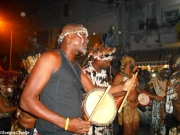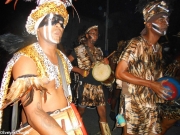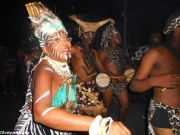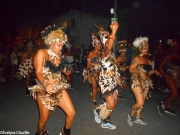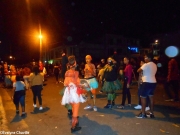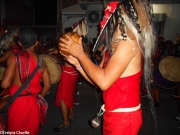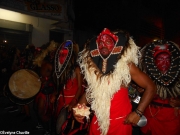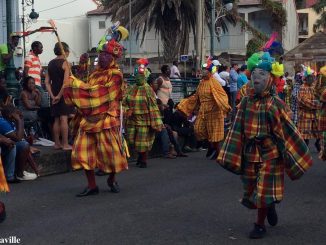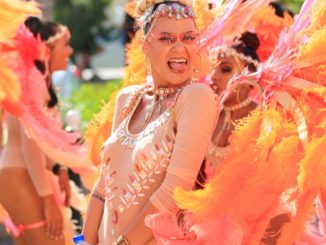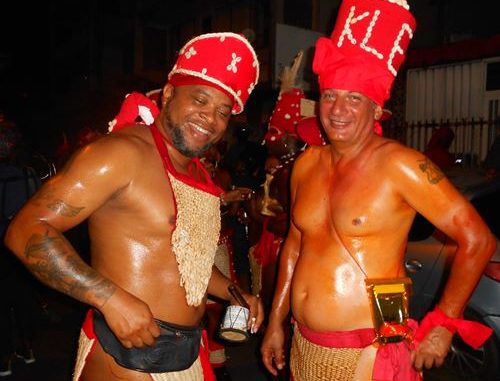
Every Sunday from 6.30 p.m., skin groups stop at Assainissement in Pointe-à-Pitre. This popular district then becomes a place of conviviality, fraternity and carnival atmosphere for all.
When you are interested in “gwoup a po” or “skin groups”, you always find someone more informed who gives you a good “tip”. Alain Mozar recently told us what he had already told us last year: “The gathering place for the “gwoup a po” is the Assainissement district in Pointe-à-Pitre. They are starting to arrive around 6:30 pm or 6:45 pm (…)”. He knows what he is saying since he is the president of Kolèktif Mas Kiltirèl, this association which brings together the vast majority of skin groups from Guadeloupe. This photography enthusiast is also the author of the book entitled which “Mas a Po, Mas kiltirèl Gwadloup” we will present to you shortly.
We had already followed the advice of this connoisseur of “gwoup a po” and we went there. This Sunday, January 26, we went back there and very early, that is to say before the arrival of the groups. The quiet area started to come alive as soon as nightfalls and even if it was a Sunday afternoon, two shops remained open.
Klé La was the first to enter the district at 6:30 pm. If nothing is written, there are “rules” since each group has its alley. So Klé La took its usual place and continued playing its music, singing and dancing for almost a quarter of an hour in front of the spectators. Then the members sat down to relax, removed their hats if necessary to lower the heat, drank beverages to quench their thirst, chatted among themselves or with the members of the other groups when they arrived, some even went to dance and sing with them, all this in an incense smell, mandatory element of the “Mas a Po”…
During the evening, several groups including Point d’Interrogation, Very Important Mas (VIM), Chenn-la, Inité Mas, Nèg Radikal, Nasyon a Nèg Mawon, Akiyo, Makso, Mas Ka Klé, Moun Ki Moun followed one another in neighbourhood streets and the ritual was the same.
So Assainissement becomes a true space of conviviality, of fraternity between carnival lovers every Sunday evening. By going to this gathering place, the spectator attends a music festival and realizes (if not yet the case) that each group has its own musical color.
When Mas a Wobè arrived at the site around 8:45 pm, the other groups had already left to parade through the city centre, but the ritual was not changed. At 9:30 pm, the group, mostly made up of seniors, also went to do its lap in the night.

